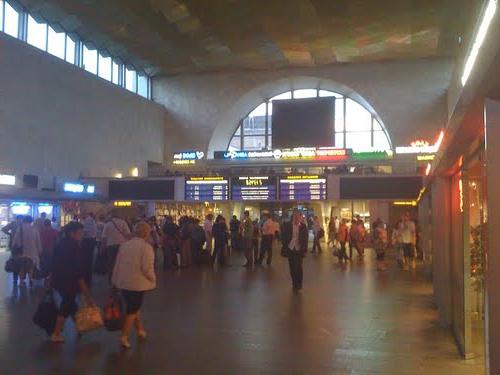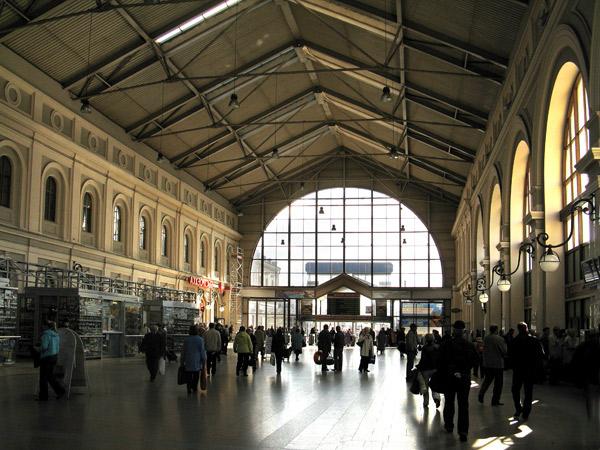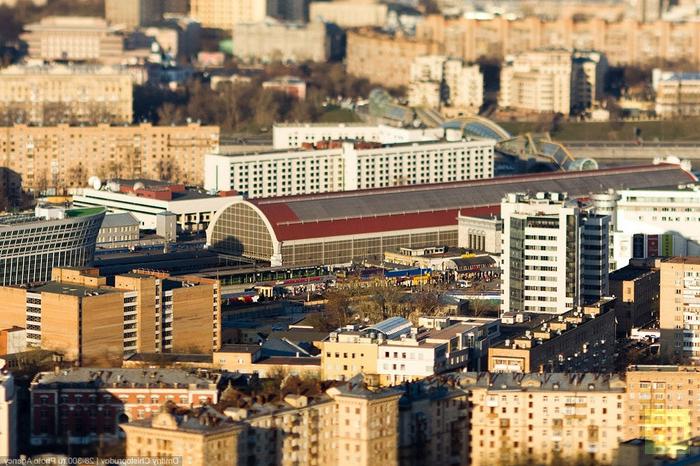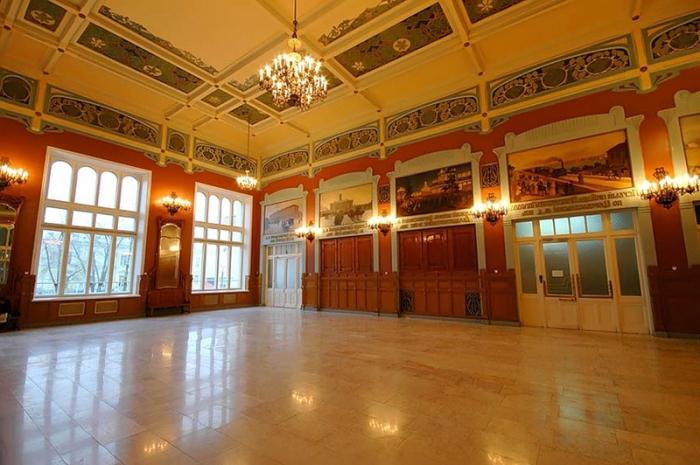Warsaw Railway Station Gatchina
Gatchina - a major city in the Leningrad region,located in forty minutes drive from St. Petersburg, which is famous for its richest history and magnificent palace-park and architectural ensembles. The names of Count Orlov, a favorite of Empress Catherine, Emperor Paul I and Alexander III, are associated with him. The famous Pavlovsk Palace is one of the main architectural and historical sites of Gatchina.
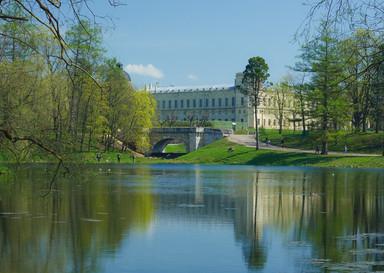
In the city there are two railway junctions - Warsawstation and the Baltic. With the latter, electric trains run to St. Petersburg and back, but according to the capacity and size of the infrastructure, the main passenger terminal is the Warsaw Railway Station. Gatchina is a city through which trains from St. Petersburg follow in a southerly direction, through Luga to Warsaw.
Located in the south-eastern part of the city oncrossing the streets of Chkalov and Karl Marx, Warsaw Railway Station attracts attention with strict classical forms created by the architect D.P. Buryshkin, according to the project of which the building was rebuilt after the war.
And the history of the station began from the highestthe orders of Emperor Nicholas I to build a railway from St. Petersburg to Warsaw. On November 1, 1853, its first section was opened, connecting St. Petersburg with the royal residence in Gatchina. Its length was 44.6 km. Twice a day trains to the northern capital and back went on this site.

Wooden railway station buildings were built in bothcities, but they did not last long, and in 1858 the Warsaw railway station was erected in stone both in St. Petersburg and in Gatchina. The chief architect of the Society of Railways P. Salmashevich directed the project. The construction of the road also continued, in 1859 the railway tracks stretched to Pskov, and in 1862 - to Warsaw. When Emperor Alexander III ascended the throne, Gatchina became his permanent residence. The Warsaw railway station began to work much more intensively, as the tsarist officials and close associates constantly came here.
At the beginning of the last century, the Warsaw Ironthe road was repeatedly visited by VI. Lenin. So, returning in 1900 to St. Petersburg after exile in Shushenskoye, he traveled to Pskov via Gatchina to stay closer to the capital, where he was forbidden to stay.
During the Great Patriotic War, Gatchina, captured by the Wehrmacht troops, became one of the centers of resistance.

The modern Warsaw Railway is the wayof international importance. From St. Petersburg through Gatchina there are trains to European cities - Berlin, Dresden, Warsaw, Sofia, Budapest, Prague, Paris. From the Warsaw railway station, trains leave for the Baltic States and for Western Ukraine. In addition, there is a very busy suburban communication.
In the 2000s, the station building was thoroughly renovated, and four years ago the turnstiles were upgraded to the trains. The Warsaw railway station lives and develops.
